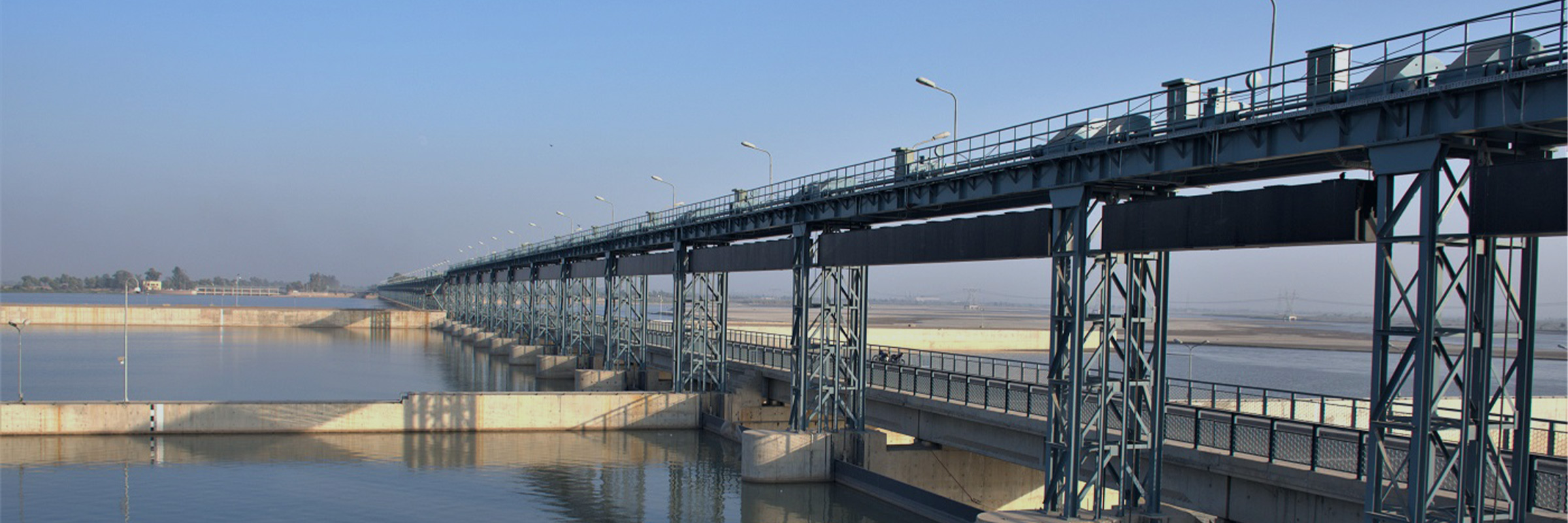
7
million
Cubic feet of concrete installed
14
million
Cubic feet of earthworks
2438
tonnes
of steel sheet piles
11
kV
High tension line constructed
Ready
to
connect?
Talk to one of our specialists about the Trimmu Barrage Rehabilitation project.




